The African lion, often referred to as the “King of the Jungle,” is not just a charismatic apex predator but also a symbol of wild Africa. Known scientifically as Panthera leo, this magnificent species once roamed across terrains spanning from Africa to Europe and the Middle East. Today, however, its presence has dramatically receded. To safeguard their existence, it is crucial to understand the challenges they face and the actions we can take.
Population Decline A Stark Reality
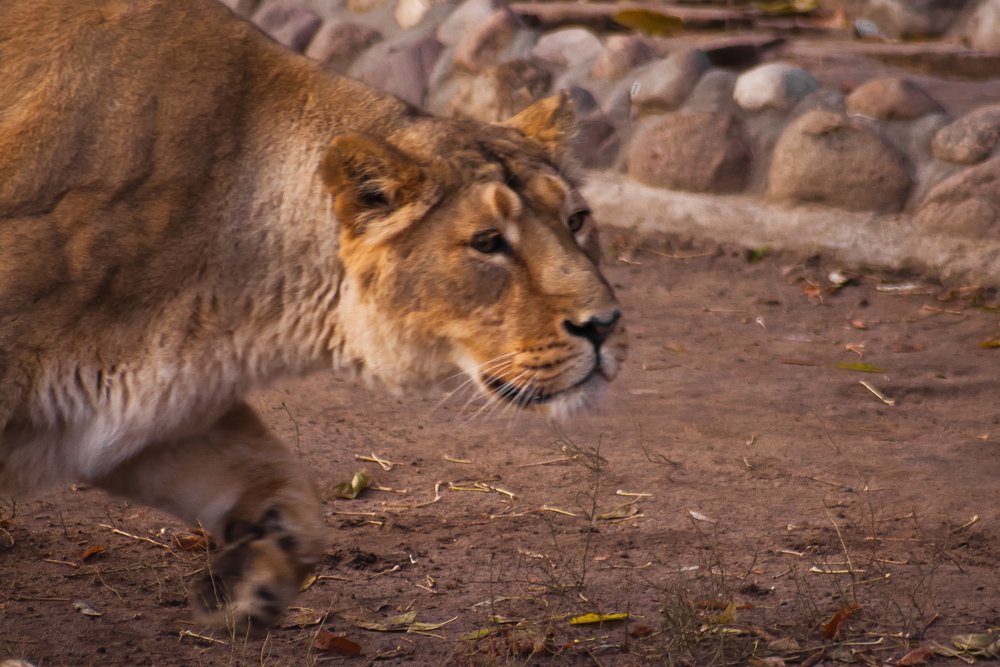
Over the past century, the African lion population has plummeted to a mere fraction of its former glory. Estimates from the International Union for Conservation of Nature (IUCN) suggest that fewer than 25,000 individuals are left in the wild. This alarming decline is attributed to several factors that threaten their survival and the integrity of their habitats.
Habitat Loss A Vanishing Home
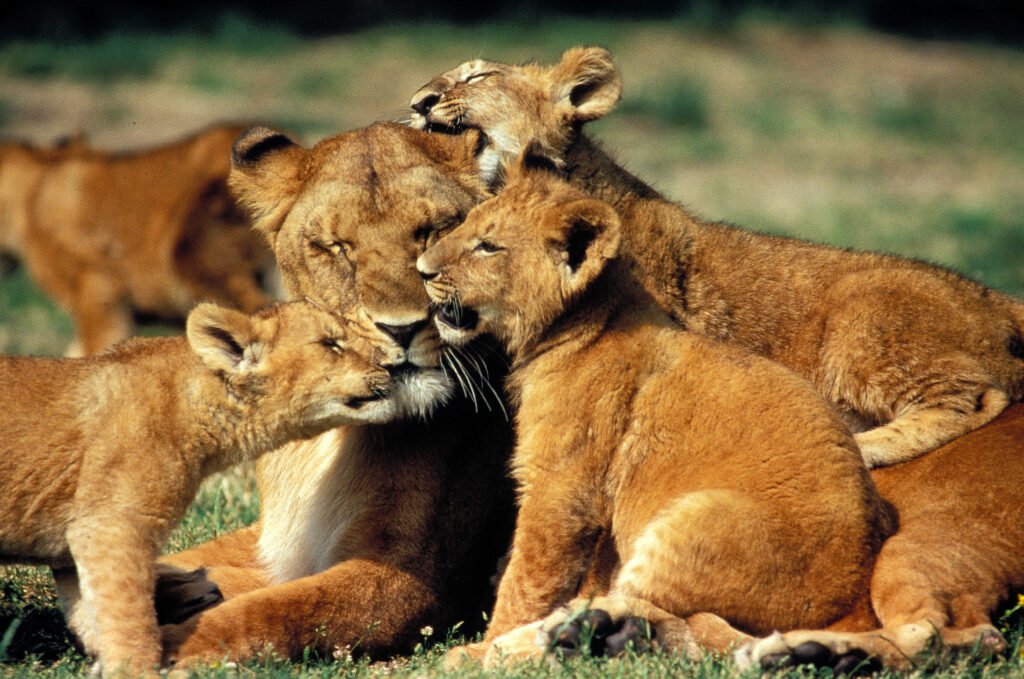
As human populations expand, lion habitats are increasingly converted for agriculture, livestock grazing, and urban development. This loss of land reduces prey availability and forces lions into closer proximity with humans—a setting ripe for conflict. Ensuring the preservation and restoration of these habitats is paramount to their survival.
Human-Wildlife Conflict A Looming Threat

In areas where lions and people coexist, conflicts often arise. Livestock depredation leads to retaliatory killings by local communities trying to protect their livelihood. Implementing strategies for coexistence, such as improved livestock management and compensation schemes, can help mitigate these conflicts.
Trophy Hunting A Controversial Practice

Trophy hunting has long been practiced under the premise of conservation funding. However, when mismanaged, it can lead to an unsustainable lion population decline. Stricter regulation and greater investment in community-based conservation are essential to ensure that hunting does not jeopardize lion populations.
Climate Change An Emerging Challenge
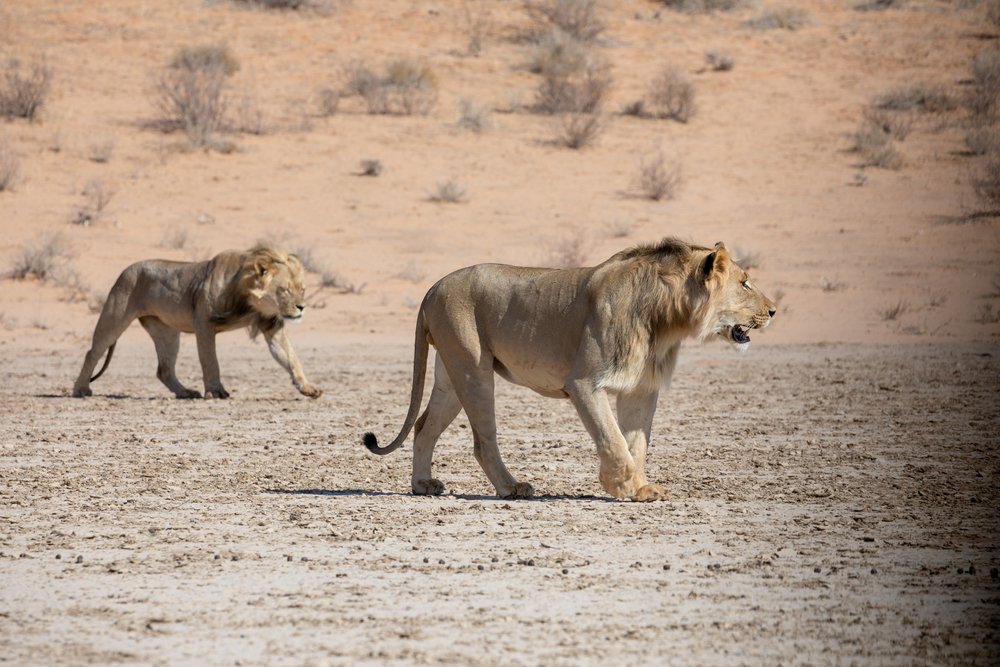
Climate change poses new challenges for lion survival. Altered weather patterns can impact prey distribution and water availability, compounding existing threats. Addressing climate change through global efforts is crucial for conserving not just lions, but biodiversity at large.
Conservation Efforts Success Stories and Challenges

Numerous conservation initiatives are underway to protect lions. These include the creation of wildlife corridors, anti-poaching measures, and the establishment of protected areas. While some projects report success, challenges such as funding shortages and political instability can hinder their effectiveness.
Role of Local Communities Champions of Conservation
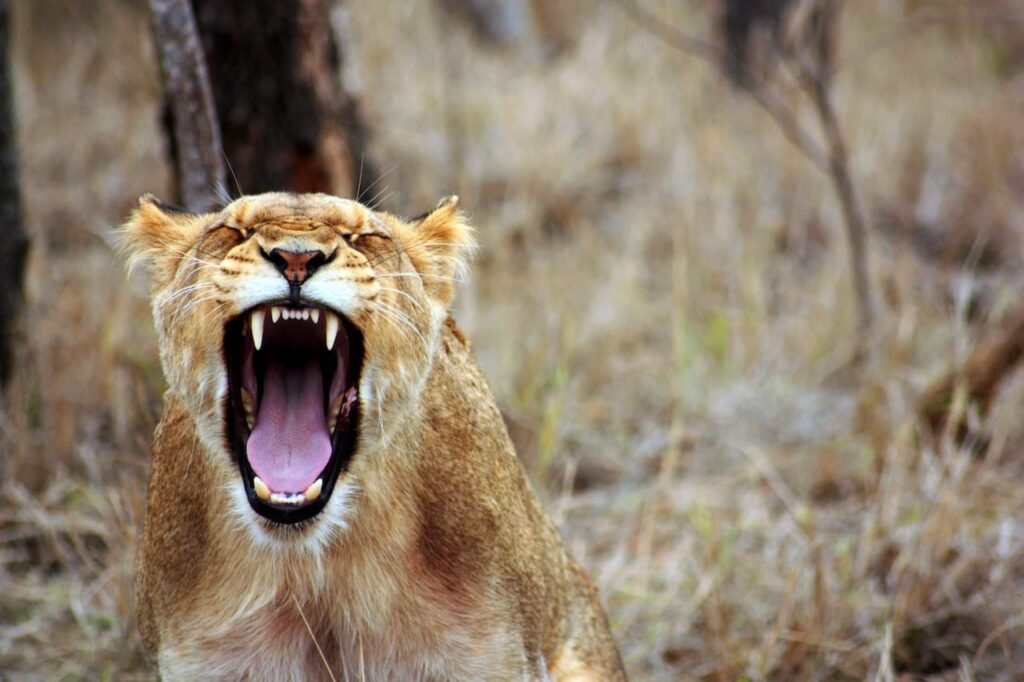
Incorporating local communities into conservation strategies is vital. When local people benefit economically from lion conservation through tourism and employment, they become its staunchest advocates. Empowering and educating communities can foster sustainable coexistence.
Research and Monitoring The Path to Informed Decisions
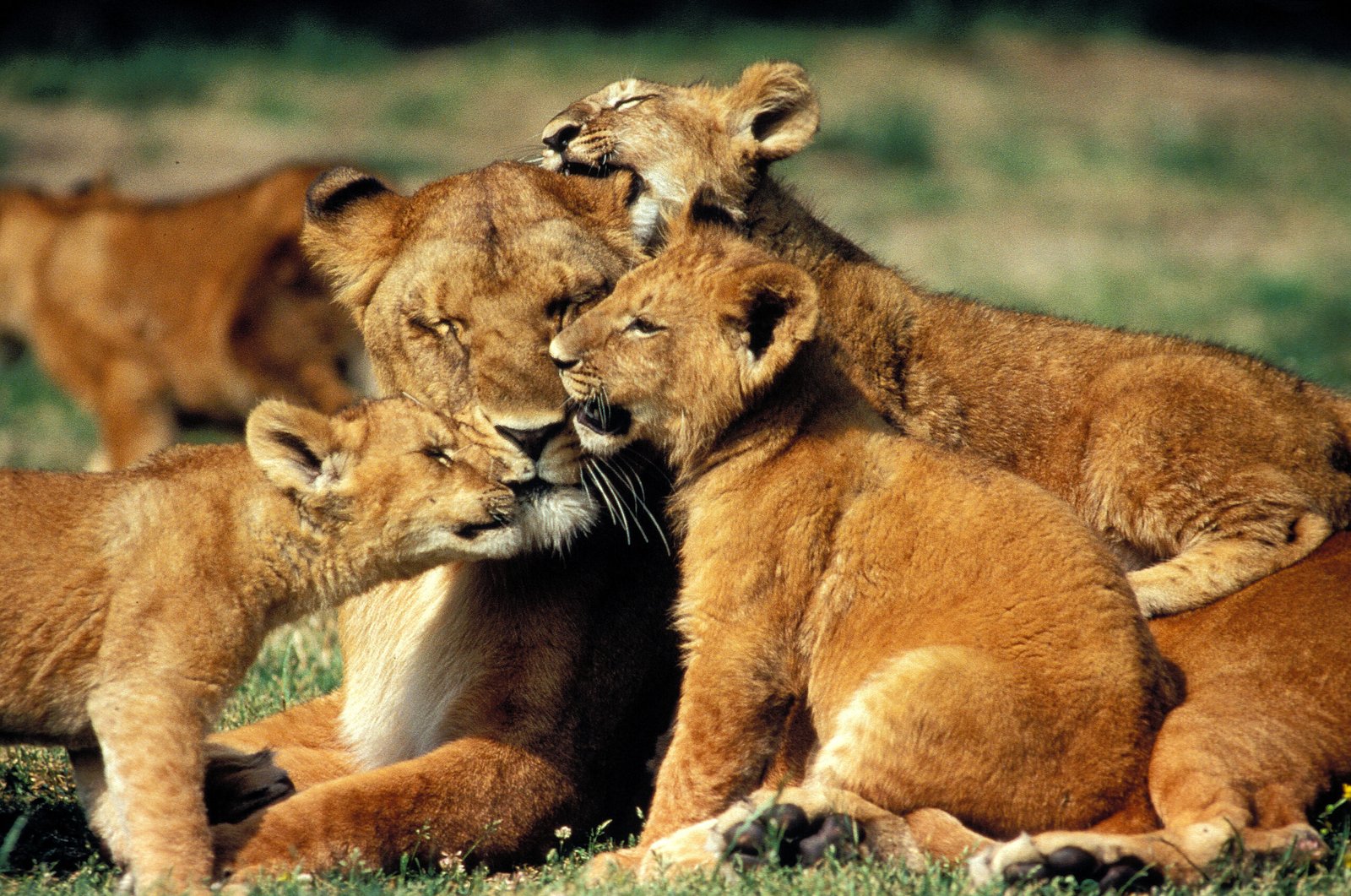
Ongoing research is essential for understanding lion ecology and the effectiveness of conservation strategies. Monitoring technologies, such as GPS collars and camera traps, provide critical data that inform management practices and policy decisions.
The Role of Technology Innovating for Conservation
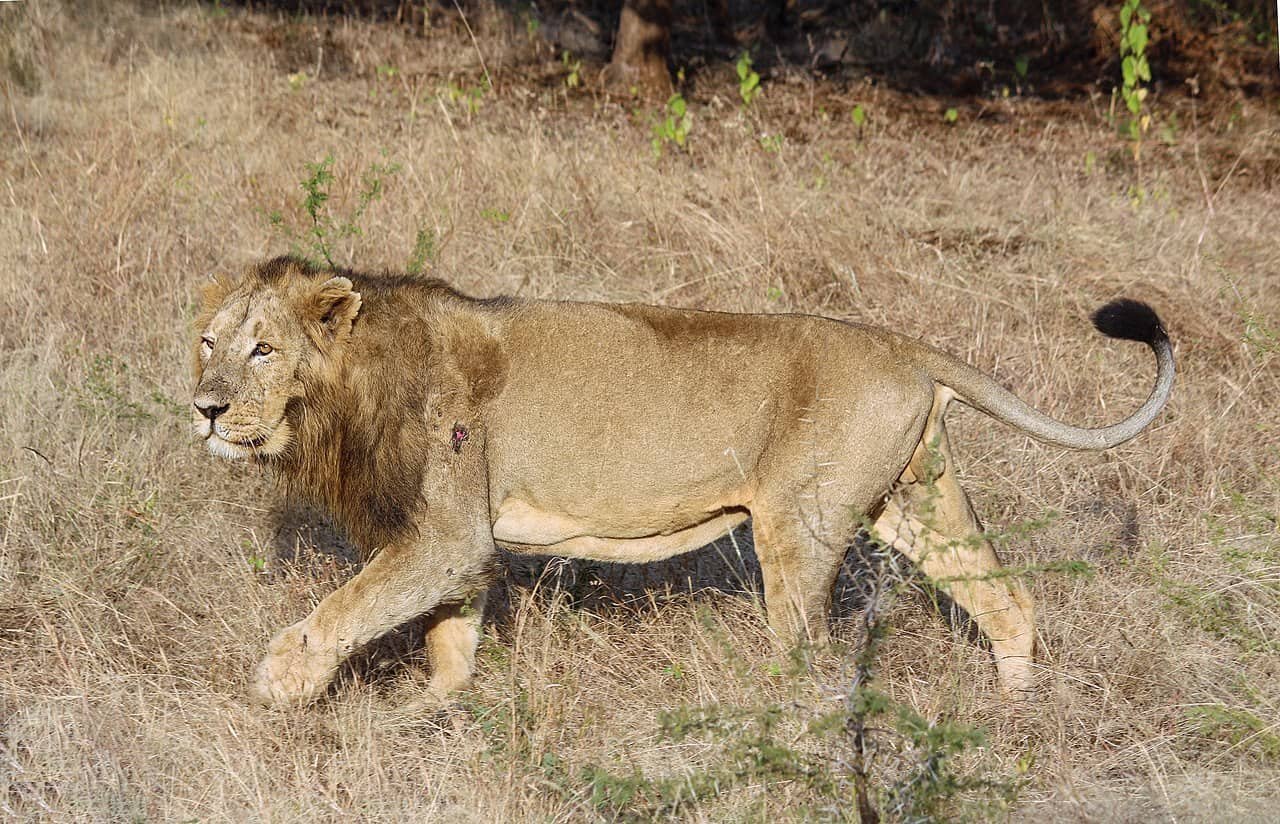
Technological advancements offer new tools for lion conservation. Drones and artificial intelligence are being used to monitor lion populations and map habitats. These innovations can increase efficiency and accuracy in conservation efforts.
What Can Individuals Do? Making a Difference
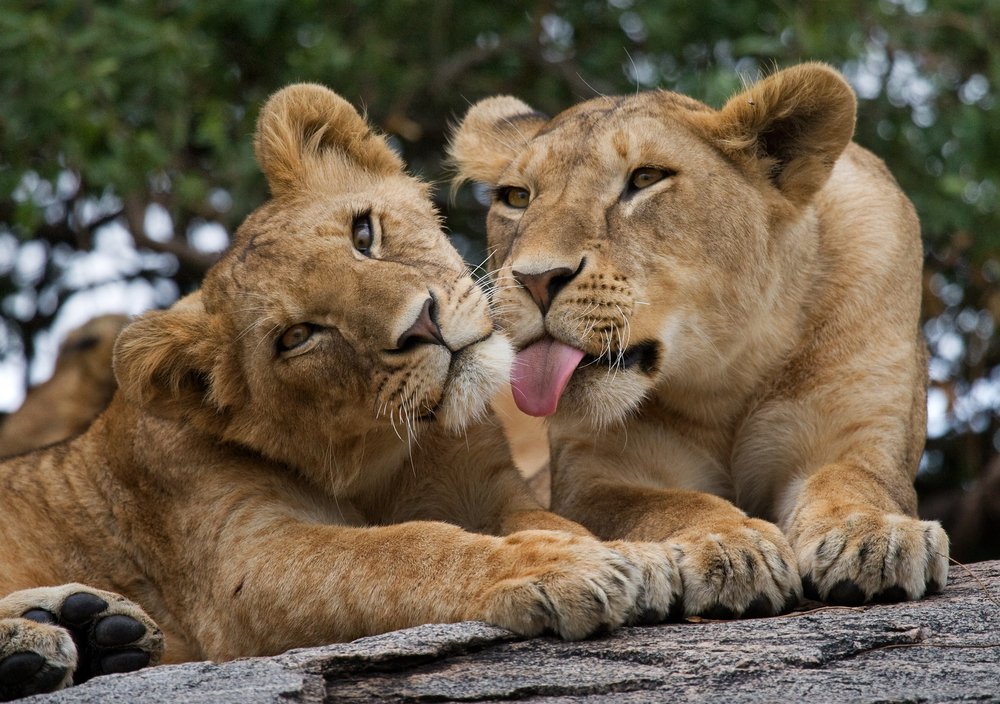
Everyone can contribute to lion conservation. Supporting NGOs dedicated to wildlife preservation, promoting sustainable tourism, and raising awareness are all impactful actions. Advocating for policy changes and responsible practices can further amplify individual efforts.
Conclusion: A Collective Effort for a Regal Future
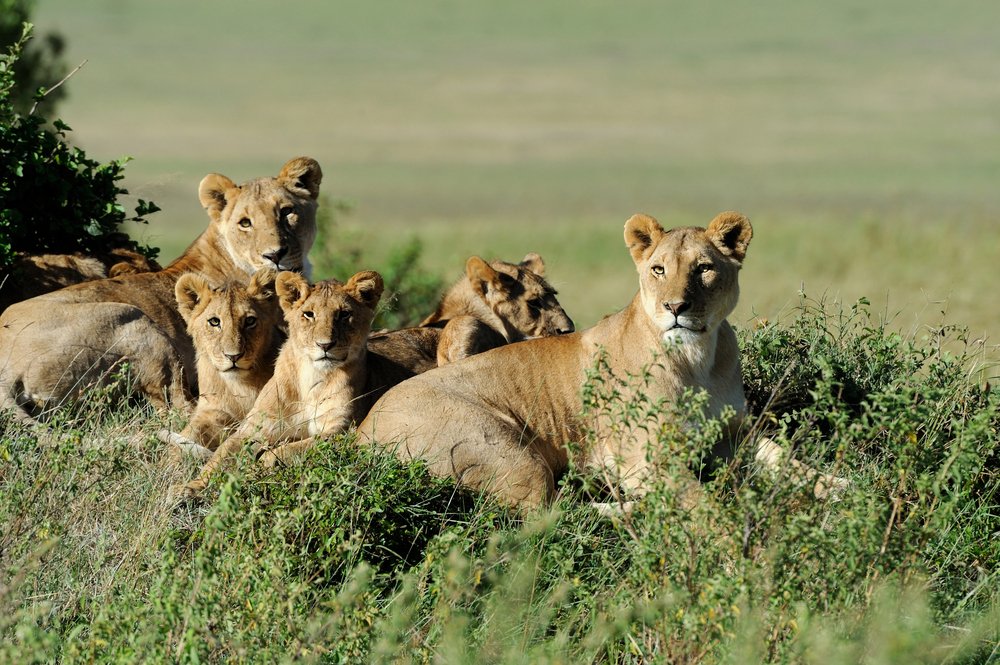
The decline of the African lion is a poignant reminder of the broader biodiversity crisis facing our planet. It highlights the necessity for a collaborative, multi-faceted approach to conservation. By addressing habitat loss, human-wildlife conflict, regulatory frameworks, and fostering community involvement, we can secure a sustainable future for the African lion, ensuring that this majestic symbol of wilderness thrives for generations to come.






